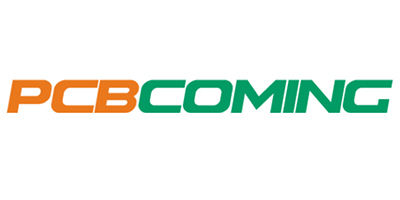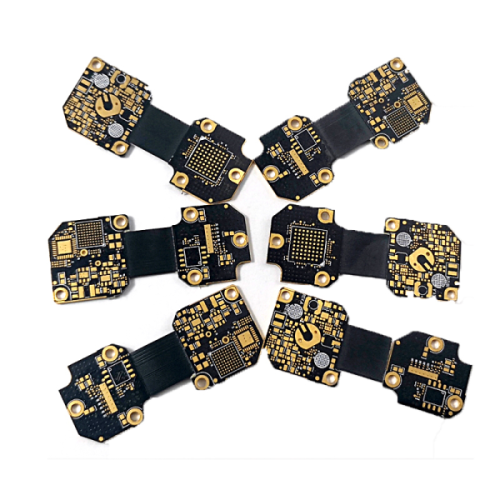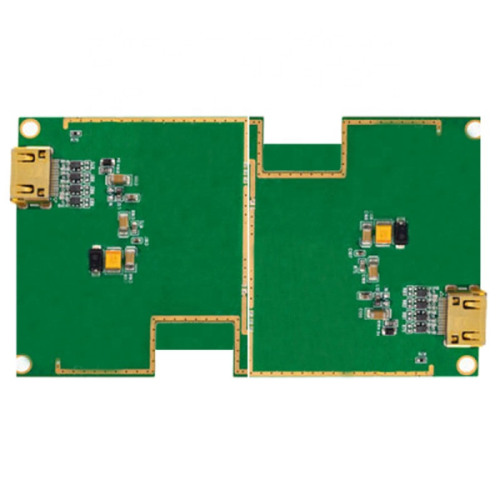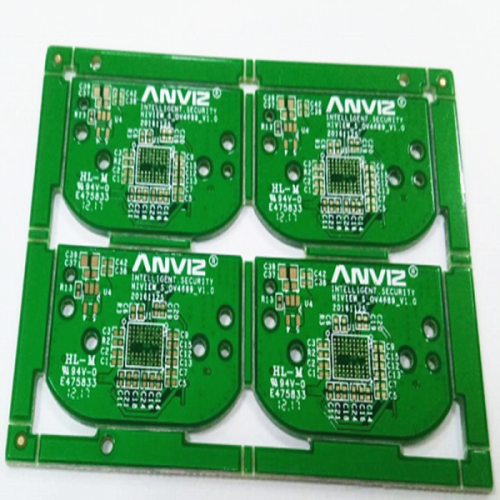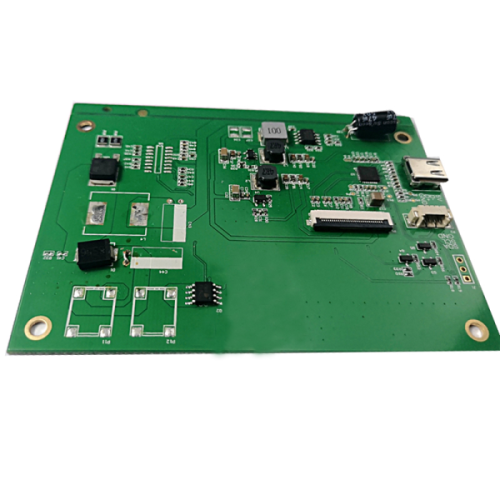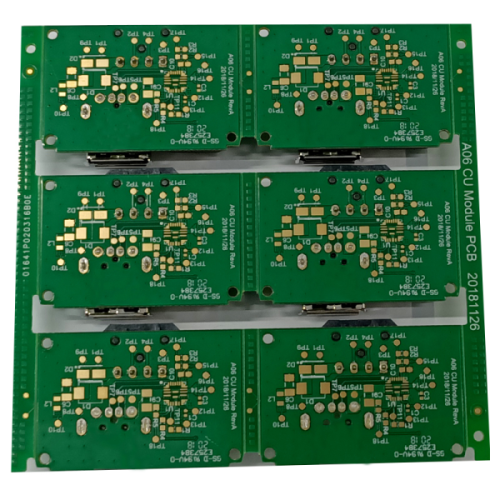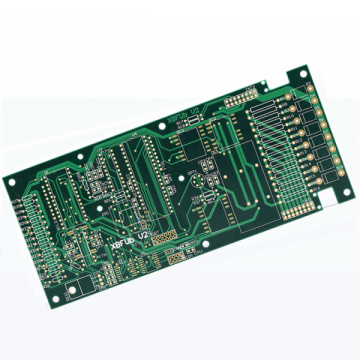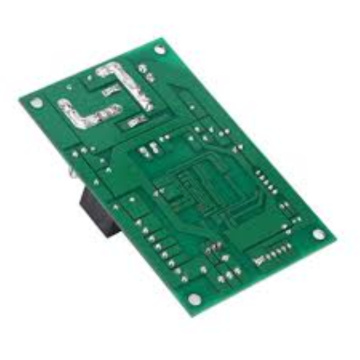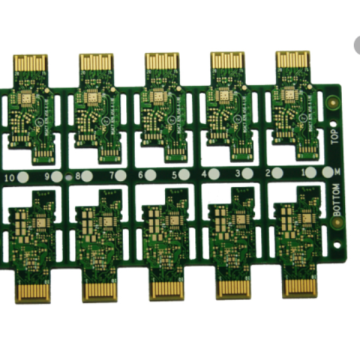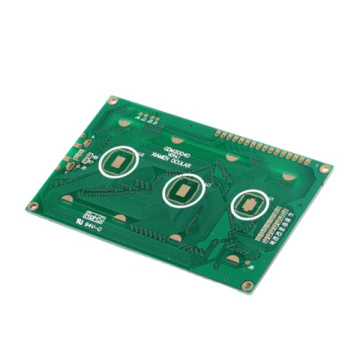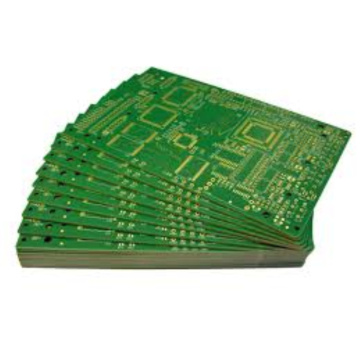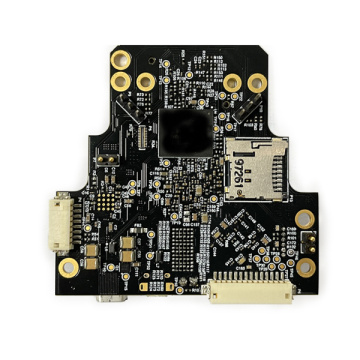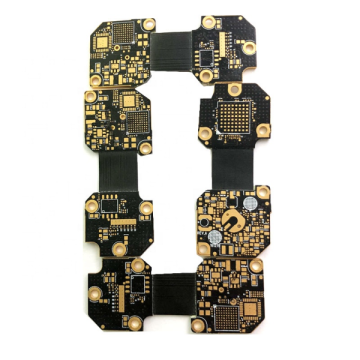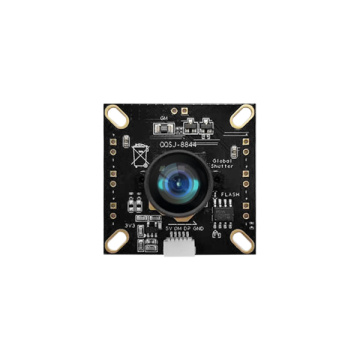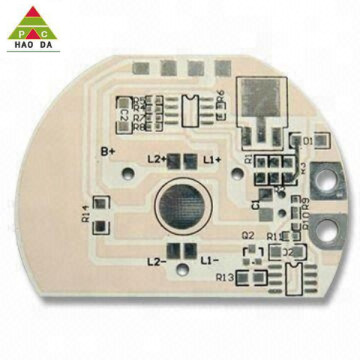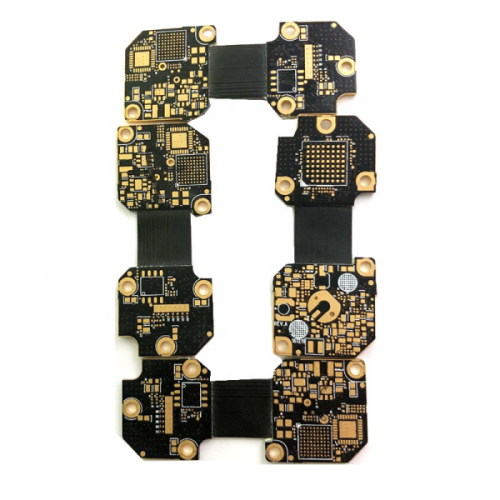
multi game pcb PCB PCBA assembly
-
$32.00≥1 Piece/Pieces
- Min. Order:
- 1 Piece/Pieces
- Min. Order:
- 1 Piece/Pieces
Your message must be between 20 to 2000 characters
Contact NowWhat is PCB and its types?
Different types of custom pcb fabrication mainly include the following:
Single-sided PCB board:
The single-sided PCB only includes one layer of substrate or substrate. One end of the substrate is coated with a thin layer of metal, usually copper, because it is a good electrical conductor. Usually, the protective solder mask is located on the peak of the copper layer, and the final silk screen coating can be applied to the top to mark the electronic components of the board.
Double-sided PCB Board|:
This type of PCB is more familiar than single-sided boards. Both sides of the substrate of the board include metal conductive layers, and Electronic Components are also attached to both sides. The holes in the PCB connect the circuits on a single circuit to the circuits on the other side.
Surface-Mount (SMT) & BGA Assembly technology allows many circuits to be completed in a smaller space on the PCB, which means that the circuit board can perform more functions, usually with a smaller weight and faster speed than through-hole boards .
Multilayer PCB board
These PCBs further expand the density and complexity of PCB design by adding additional layers beyond the top and bottom layers seen in the double-sided configuration. With multiple levels of accessibility in multilayer printed circuit board configurations, multilayer PCBs enable designers to produce very thick and highly composite designs.
Rigid PCB board:
In addition to having different layers and sides, printed circuit boards may also change inflexibility. Most customers usually consider the inflexible PCB when they image the circuit board. Rigid printed circuit boards use solid rigid substrates, such as fiberglass, to keep the board from twisting. The motherboard in a computer tower is the best example of an inflexible PCB.
Custom Flexible PCB fabrication:
Generally, the substrate in the flexible board is a flexible plastic. This basic material allows the circuit board to be adapted to a form in which the unbent board cannot be rotated or moved during use, without affecting the circuit on the printed circuit board. Although flexible boards tend to plan and create more functions than rigid PCBs, they have many advantages. Flex boards can also have three formats, namely single-sided, double-sided or multi-layer formats.
Rigid flexible boards combine the technologies of flexible and rigid circuit boards. A simple rigid flexible board includes a rigid circuit board connected to the flexible circuit board. These boards can be more complex if required by the design requirements.
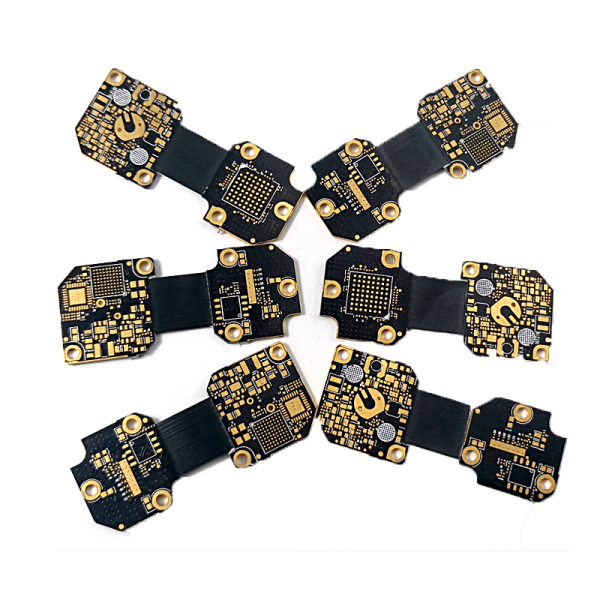
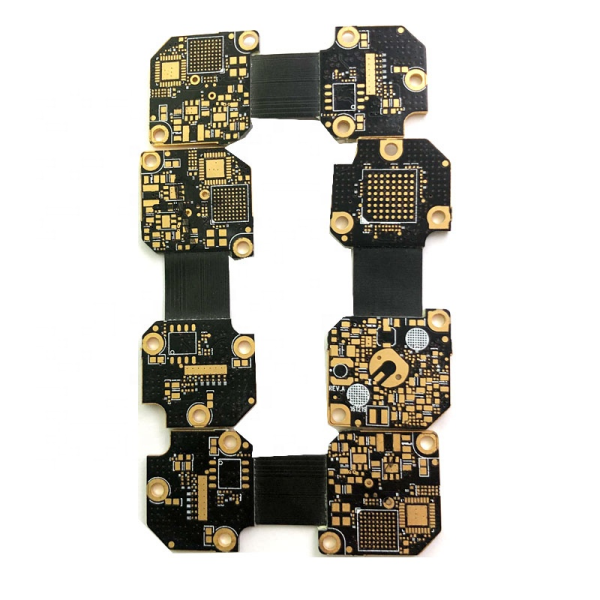

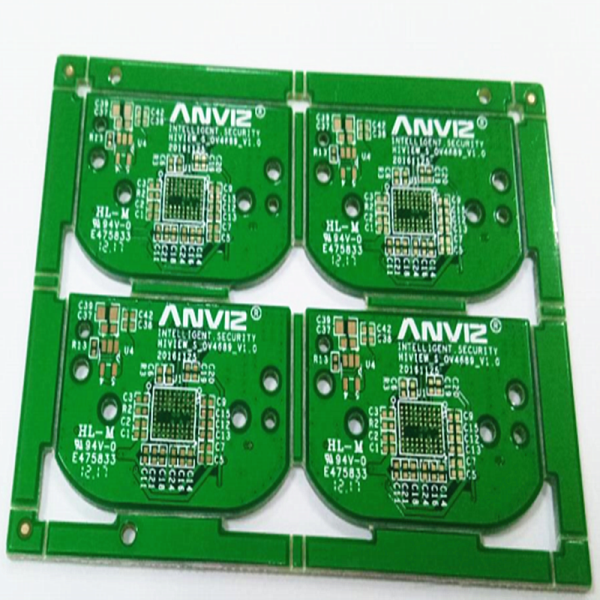


Related Keywords

